Who commands the aircraft…
Szöveg: Gábor Kálmánfi | 2014. szeptember 22. 11:07So far we have written that Captain Viktor Lukács is the only Hungarian pilot of the Strategic Airlift Capability Heavy Airlift Wing (HAW). Now we put it this way: Captain Viktor Lukács is the only Hungarian aircraft commander of the Wing as well. The interview he gave us reveals that the Captain Lukács has flown the Boeing C-17 Globemaster III cargo aircraft more than 1,500 hours, and from now on he will primarily take part in accomplishing HAW operational tasks as an Aircraft Commander, and he will also be serving as a Safety Officer for the Wing.
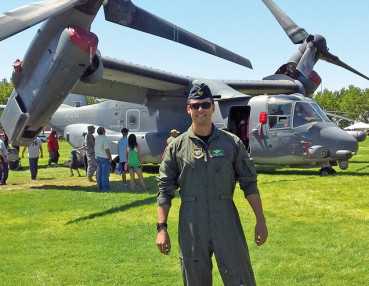
First of all, let me congratulate you on your promotion. My very first question: what are the criteria of becoming an Aircraft Commander and who decides on that?
Thank you for the congratulations. The instructor and evaluator pilots of the HAW Heavy Airlift Squadron (HAS) gets together regularly and they decide on proposing a pilot for a training necessary to achieve the next higher position. In case of Aircraft Commander candidates, they take into account the number of flight hours (minimum 1,000 FHs), the aeronautical skills and knowledge of policies and procedures, and personal aptitude.
What are the most important tasks for an aircraft commander?
The tasks of the Aircraft Commander start well before the flight, and are completed long after the landing. The Aircraft Commander is involved in every detail of mission planning by working together with the staff of the HAW Command and Control Squadron (C2S). He is also responsible for accomplishing missions in an efficient and safe way.
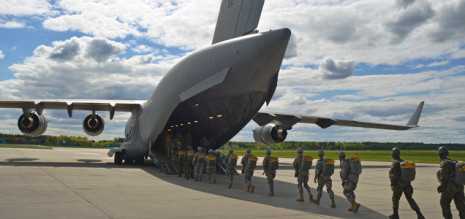
What training did you have to attend to get the appointment? What were your duties, what were the biggest challenges?
Training for C-17 flight crews takes place in the United States at the Altus Air Force Base in Oklahoma. The aircraft commander training primarily focuses on the following tasks: low altitude flights at an altitude of 100 – 150 meters, tactical departure and arrival procedures, assault landings and air-to-air refueling both day and night. The operational flights into Afghanistan, and procedures such as flying across the Atlantic Ocean or in African airspaces are executed with the HAS instructor pilots. An air refueling can be mentioned as a challenging and memorable task which had to be made between two cloud layers at night, without a horizon, in the absence of visible stars and cultural lights on the ground, with some turbulence.
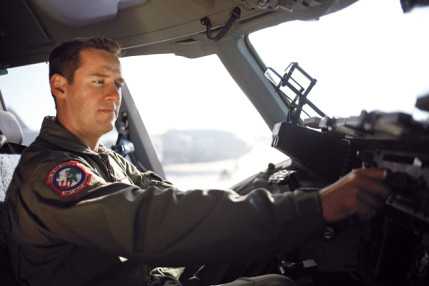
Currently you are attending another training in the United States. What is the purpose of this training?
It is a seven-week course at the US Air Force Safety Center, where flight safety program management for flying units is taught primarily. We also learn about special investigation techniques to be able to explore the causes and factors of aviation incidents and mishaps, in order to prevent them from happening again in the future.
What are the differences in the training methods in the US and in Hungary? What is the everyday life like?
Thousands of my colleagues have been through with the C-17 training program based on the experience of the past 20 years. It is a tightly-scheduled, well-structured system that ensures that the required knowledge and skills are successfully acquired by everyone by the end of the training. The computer-based training and continuous preparation and individual studying keep the pilots busy for three and a half months, from eight in the morning sometimes until late at night. Altus AFB is a well-equipped base which provides lodging and sport activities at the fitness center for the duration of the course. It is very unique about the C-17 simulator training that two co-pilots, switch the left and right seat with each other during the 100 hours of training with one instructor.

Have you accomplished a mission as an aircraft commander yet? If yes, where did you fly and what tasks did you have to do? How did you feel in such a responsible position for the first time?
My first mission as an aircraft commander took me across the Atlantic Ocean flying to the United States, then we flew to Norway with so much cargo, and also because of the prevailing Atlantic winds we had to land on Iceland for additional fuel. For an aircraft commander, from the moment that the alarm clock goes off on the first day of the mission, thoughts spinning constantly, we have to look many steps ahead, regarding the crew, the passengers, the load, the weather and many other factors.
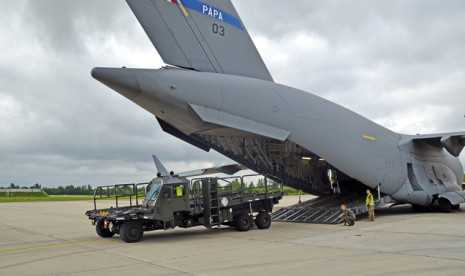
According to your experience, how much more difficult the Wing’s life is since heavy maintenance has started and only two SAC C-17s can be used at the same time?
It is a challenge regarding the planning that two aircraft can only be flown for achieving significantly more than two thirds of the annual flight hours, utilizing the available time for operational and training purposes the best way we can. This requires changes to the air crews and aircraft availability, compared to the normal operational plans.
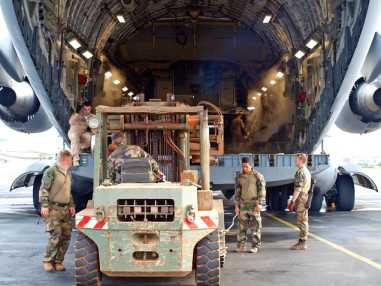
In your opinion, how much has the HAW changed in the past two years? Which area has developed the most?
The Heavy Airlift Wing has managed to reach and maintain the full operational capability in a very short time. Now we have the new interim cargo facility and the plans are ready for the hangar complex to be built. The flight crews gradually switched from paper-based documentation to electronic data processing during the missions. Tablets make it easy to update the necessary flight information anywhere in the world. We have supported several personnel, and cargo air drop training in many countries. The accreditation process has started ensuring that air crews will be able to do their required quarterly simulator training in the UK from now on. All of these things are an integral part of the development process that helps to establish the success of a minimum thirty-year program.
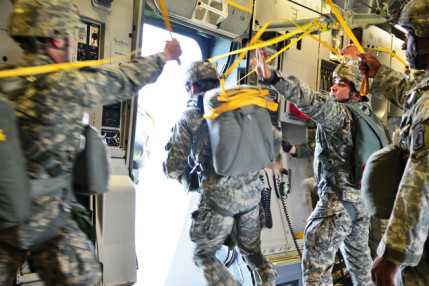
Photos by Veronika Dévényi and archive